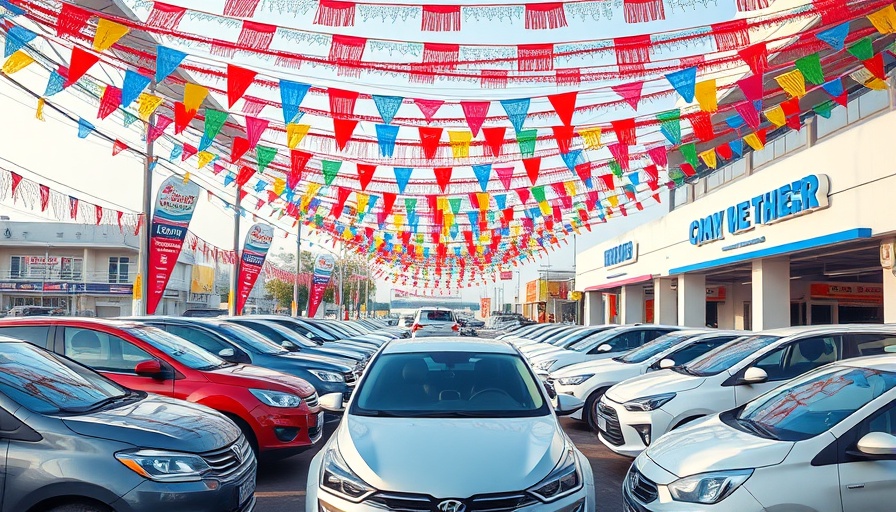
Understanding the Age and Mileage Balance
Buying a used car can indeed prove to be a wise financial decision, provided one navigates the landscape with caution and knowledge. Many prospective buyers often find themselves caught between the age of a vehicle and its mileage, wondering where the optimal balance lies. According to Zander Cook, co-founder of Lease End, there's no universal rule. While used cars older than ten years typically involve greater maintenance concerns and outdated safety features, a well-maintained older vehicle could still be a good purchase. The crux of the matter revolves around understanding what you are willing to risk and what your budget allows.
Which Matters More: Age or Mileage?
When assessing a used vehicle, the key factors to evaluate include its history and how it has been driven. Michael Capote of German Car Depot argues that mileage plays a significant role in determining the reliability of mechanical parts, although age impacts rubber and electronic components differently. For instance, a ten-year-old car driven mostly on highways may outperform an older vehicle that spent most of its life in stop-and-go city traffic. These driving conditions can adversely affect the vehicle's condition, leading to potential issues such as seal deterioration or battery failures.
The New 100,000 Mile Rule
It's time to rewrite the rulebook on used cars regarding mileage. The antiquated perception that vehicles are nearing the end of their lifespan at 100,000 miles is no longer as prevalent. Many modern automobiles are engineered to thrive well beyond this threshold if they have received proper care and maintenance. Thus, it’s not necessary to shy away from vehicles that venture into high mileage—especially if they boast a strong maintenance record.
Mileage vs. History
Before finalizing a purchase, conduct a thorough inspection of the vehicle’s history. Mike Rocchi, former president of Faulkner Mazda, emphasizes the importance of checking vehicle history reports from services like CARFAX and AutoCheck. Additionally, assessing service records and ensuring a clean title is crucial. One can't underestimate the value of obtaining a comprehensive visual inspection; it can reveal hidden faults that numbers alone might miss.
What to Look For?
While age and mileage are pivotal in choosing the right used car, other factors must not be overlooked. For instance, potential buyers should inspect:
- Exterior Condition: Scratches, dents, and rust can give clues about the car's treatment.
- Interior Wear: Stains, wear, or tear in upholstery signify how much attention the vehicle received over its life.
- Engine Health: Listen for any unusual noises, check fluid levels, and scrutinize for leaks.
- Tire Condition: Uneven tire wear might suggest alignment issues or suspension problems.
Making an Informed Decision
The decision to invest in a used car should marry emotion with logic. Advice passed from one generation to another may inform decision-making, but it’s essential to sift through the rhetoric with a practical lens. The quality of maintenance a vehicle has received often outweighs its age or mileage alone. Thus, before signing on the dotted line, ensuring that the used vehicle has a pristine history, along with maintenance records, is vital.
In conclusion, the pathway to successful used car buying requires careful thought and consideration of age, mileage, and vehicle history. Equip yourself with the right tools and knowledge to navigate this complex decision-making process—whether through automotive resources or expert guidance; doing so can prevent costly mistakes in the future.
Take action on your newfound wisdom by preparing a checklist of what to look for in your next used car purchase. This proactive approach can save you from future headaches, ensuring you drive off in a reliable vehicle.
 Add Row
Add Row  Add
Add 



Write A Comment